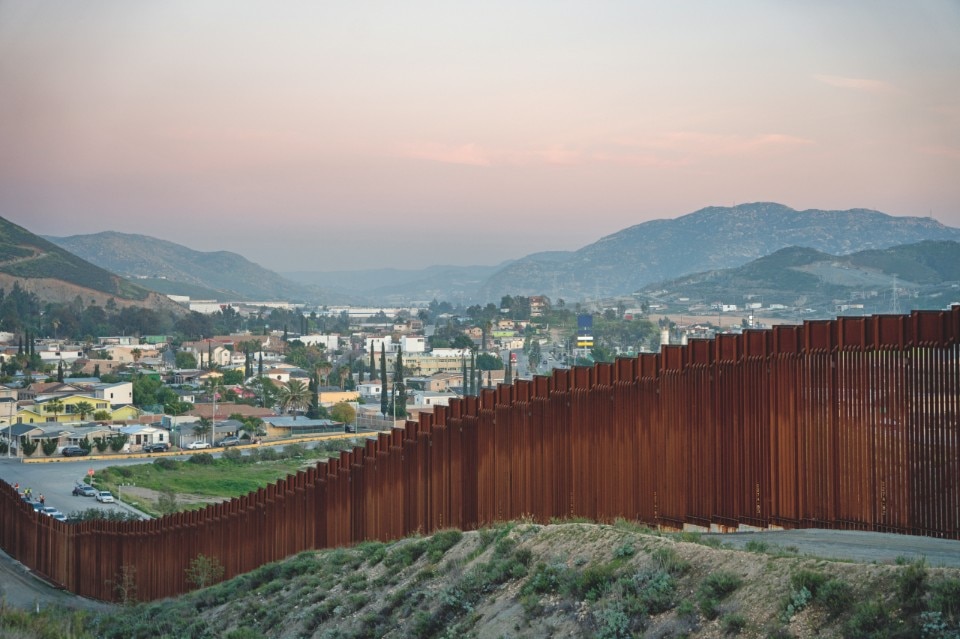In our increasingly interconnected world, solving complex societal challenges requires design solutions that transcend geopolitical, language, natural and cultural boundaries. The binational region of San Diego (United States) and Tijuana (Mexico) of over 7 million residents was awarded the 2024 World Design Capital in large part because of a long history of successful design innovations that have eclipsed geopolitical barriers and fostered creative multicultural collaborations.
The 250-year shared history of San Diego and Tijuana has led to the evolution of an inextricably intertwined megaregion unlike any other in the world. The two share a border once referred to simply as “la linea’’, or the line. Today, la linea is the busiest land crossing in the world, with more than 120,000 passenger vehicles, 63,000 pedestrians and 6,000 trucks crossing daily allowing Mexican and American families to meld languages, economies and societies. The designs that have emerged from this unique corner of the world leverage the power of diversity, creativity and ingenuity forged by a rich, multicultural identity that embodies the spirit of life at the border.
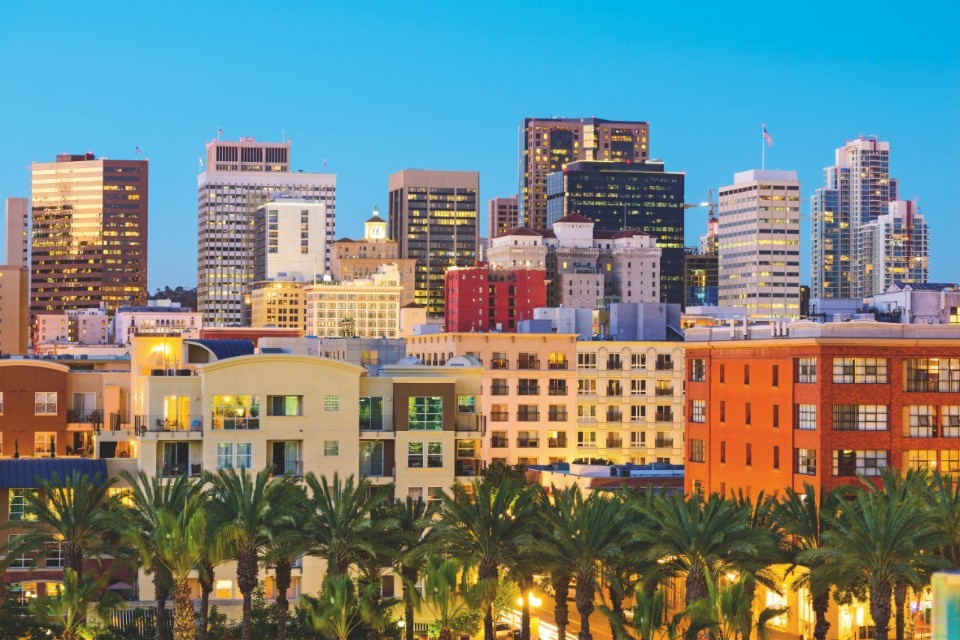
The cities of San Diego and Tijuana are young but burgeoning economic powerhouses, trading billions of dollars of goods and services annually. The history of cross-border design collaborations in the region can be traced back to the maquiladora industry, which emerged in the 1960s and accelerated in the 1990s with the passage of NAFTA (North American Free Trade Agreement). This industry, characterized by cross-border assembly plants, initially focused on manufacturing processes. As the industry evolved, designers from both sides of the border began collaborating to enhance efficiency and create innovative solutions. Today, hundreds of global companies, including Nike, Sony, Toyota, Proctor and Gamble, and Lockheed Martin, leverage the design talents found in Tijuana and the United States.
Numerous examples of cross-border innovation have impacted not only the region, but the world at large. The design of SENTRI, “Secure Electronic Network for Travelers Rapid Inspection’’ is one such example. The SENTRI program was designed for the San Ysidro border and was the pre-curser and influencer of TSA pre-check and Global Entry programs that provide faster clearance for known air travelers.
The SENTRI lane was created to allow frequent travelers with low-risk profiles to cross the border in mere minutes. The pre-approval process revolutionized travel by enabling the enhanced flow of talent and free flow of goods that fuel our global economy. Before SENTRI, each border crosser was treated as an unknown traveler, crossing for the first time and creating long, slow lines, which were obstacles to collaboration and regional growth.
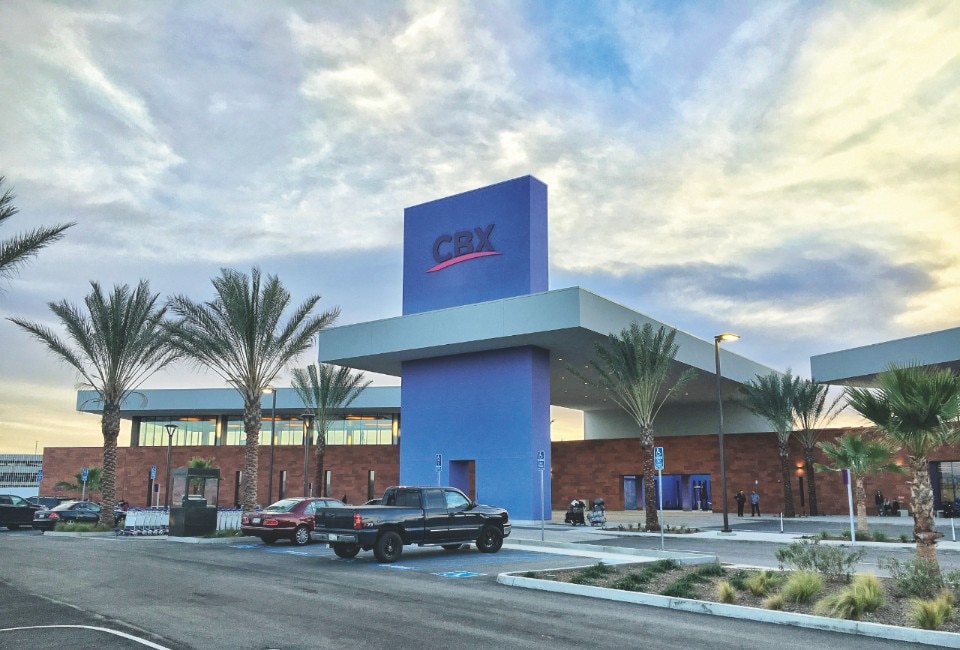
The Cross Border Express, CBX, a pedestrian skybridge connecting San Diego to the Tijuana Airport, is considered one of the most successful binational design collaborations in the region. Opening in 2015 after nearly 25 years of complex public-private, negotiations between politicians, municipal agencies, the business community, and national security agencies, CBX serves as an international hub for both U.S. and Mexican travelers. Seven years after opening, more than 15 million travelers have passed through CBX to benefit from expedited and connected air travel.
Developing cross-border design solutions is not without challenges. Cultural differences, regulatory variations, and communication barriers can hamper effective collaboration. Designers must navigate differing design principles, aesthetic preferences, and consumer needs while ensuring compliance with vastly different regulations and standards.
Also, glaring socio-economic disparities between San Diego and Tijuana add additional layers of complexity. Tijuana struggles with inadequate infrastructure and public resources, as well as high rates of poverty and crime. Re-balancing our regional resources requires inclusive and justice-oriented design strategies that allow for the reimagining and erasure of the border, where the benefits that San Diegans receive accrue equally to Tijuanans. Despite the discrepancies, Tijuana’s healthcare industry and food, wine, and art scene are booming. It is a cosmopolitan city on the rise.
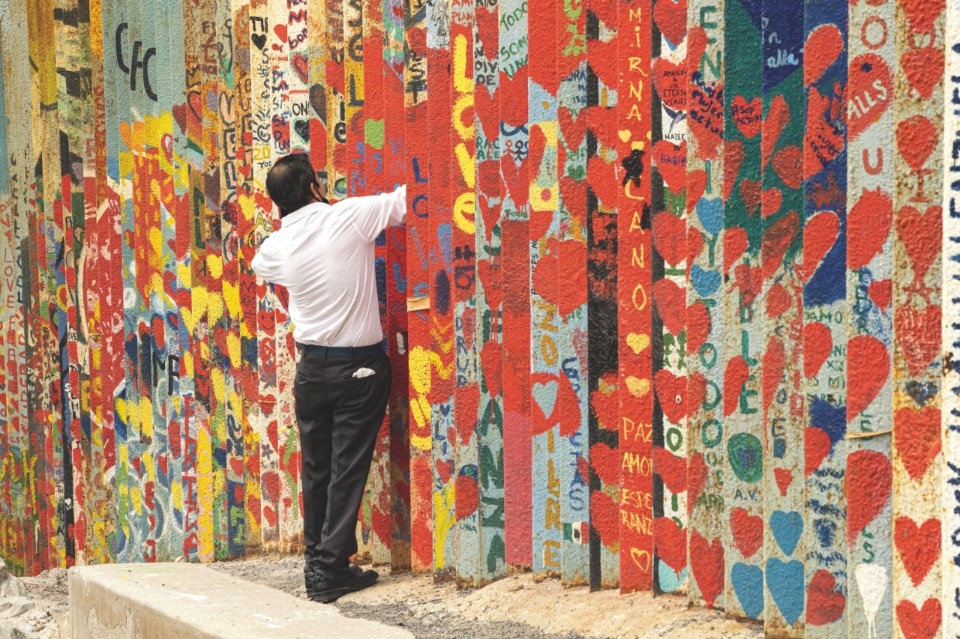
Although rapid border crossing programs have provided improvements, heightened border security in recent years has posed complex logistical challenges and impediments to material and human exchanges. However, this is where our regional design community has continued to distinguish itself, as designers find innovative ways to work around these challenges by leveraging digital technologies and remote collaboration tools to maintain cross-border connectivity.
Certainly, cross-border design is not without challenges, but its future in San Diego-Tijuana holds immense potential. Design’s collaborative nature and capacity to transcend borders enable designers to address shared challenges and drive positive and sustainable social, economic, and environmental change. There is tremendous potential in building greater binational synergies around an interconnected labor force to advance manufacturing and R&D and support the strong life sciences and technology industries, increasing synergies between institutions of higher education across the border, designing pedestrian, bicycle, and commercial loops that allow for fluid cross-border travel, creating a shared cultural and artistic platform where audiences have access to opportunities throughout the region, and improving healthcare access and delivery and access for all.
The integration of immersive visualization technologies like virtual reality (VR) and augmented reality (AR) into cross-border design processes offers promising opportunities to facilitate immersive collaboration and allow San Diego and Tijuana designers to work together seamlessly and overcome geographical barriers. Additionally, artificial intelligence (AI) and data-driven design approaches are only beginning to scratch the surface of identifying patterns, optimizing processes, and enhancing cross-border design solutions.
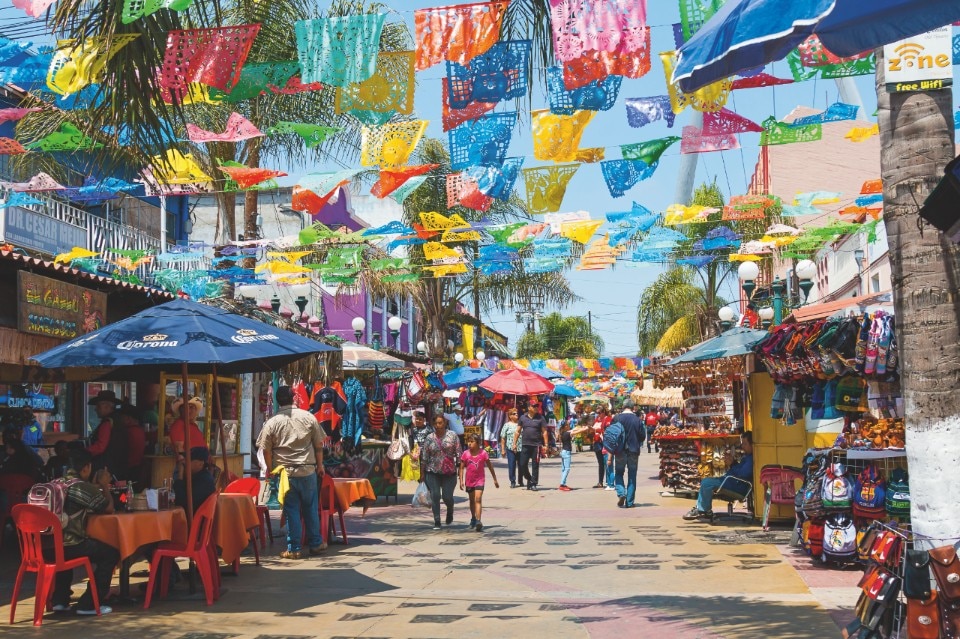
Another promising avenue for future development lies in sustainable and regenerative design practices. By planning for the bioregion and adopting principles of circular design, eco-friendly materials, and renewable energy, cross-border design solutions can mitigate problems arising from climate change, industrial activities, and cross-border spillover effects due to population growth and development patterns.
The Tijuana River Watershed is a prime example of cross-border spillover. Rapid urbanization and an aging sewage system in Tijuana are causing sewage to seep into the Tijuana Estuary and Imperial Beach in San Diego and creating significant health and environmental challenges. Design solutions that involve municipal, state, and binational cooperation and coordination across a myriad of governmental agencies are necessary for real solutions to be effectively implemented.
San Diego-Tijuana stands as a beacon for designers worldwide, exemplifying the potential of impactful design solutions that transcend language, cultural, geographic, and political barriers to shape a more interconnected and equitable future. By leveraging emerging technologies and adopting sustainable and regenerative design practices, it is humanity-centered designers from throughout our region who will co-create innovative solutions that address shared challenges, foster economic growth, and promote cross-cultural understanding.
Experience San Diego-Tijuana for yourself during the World Design Capital 2024 as we showcase the unique, regional talents and skills that define design like nowhere else in the world.



